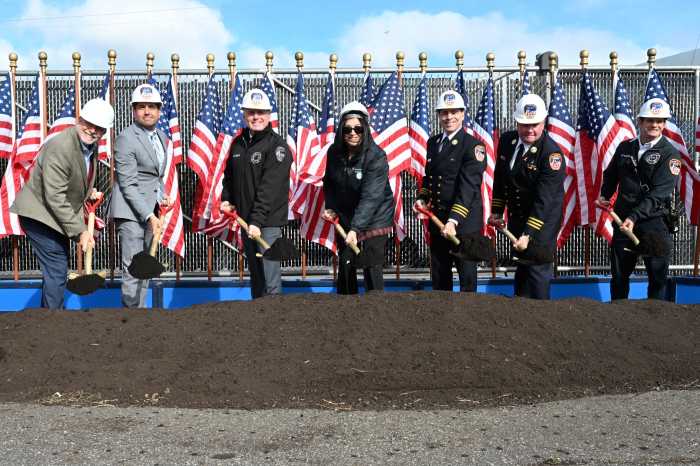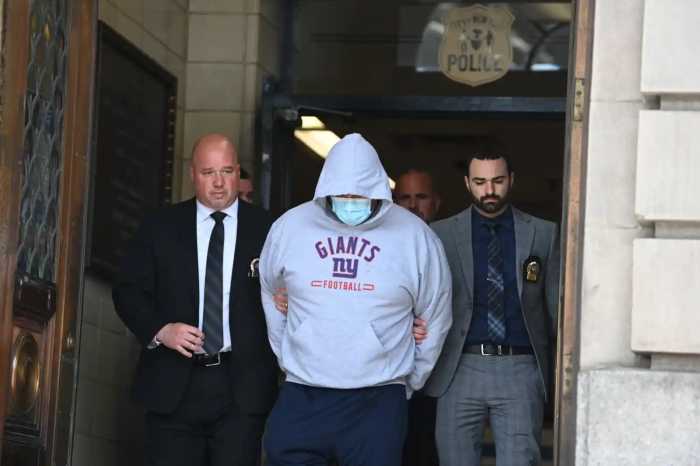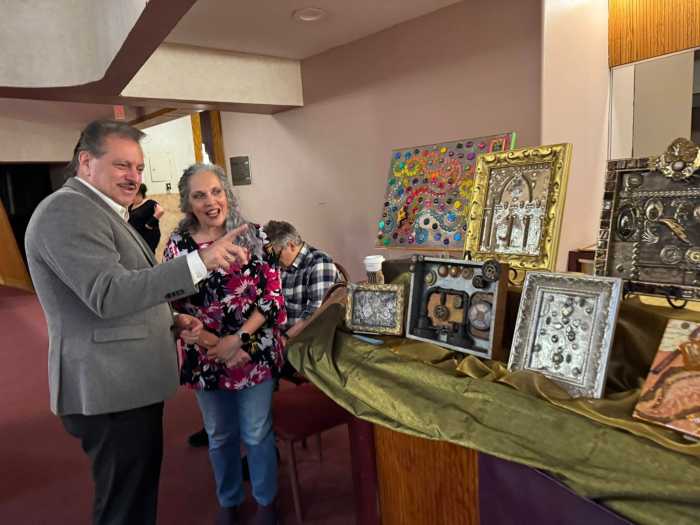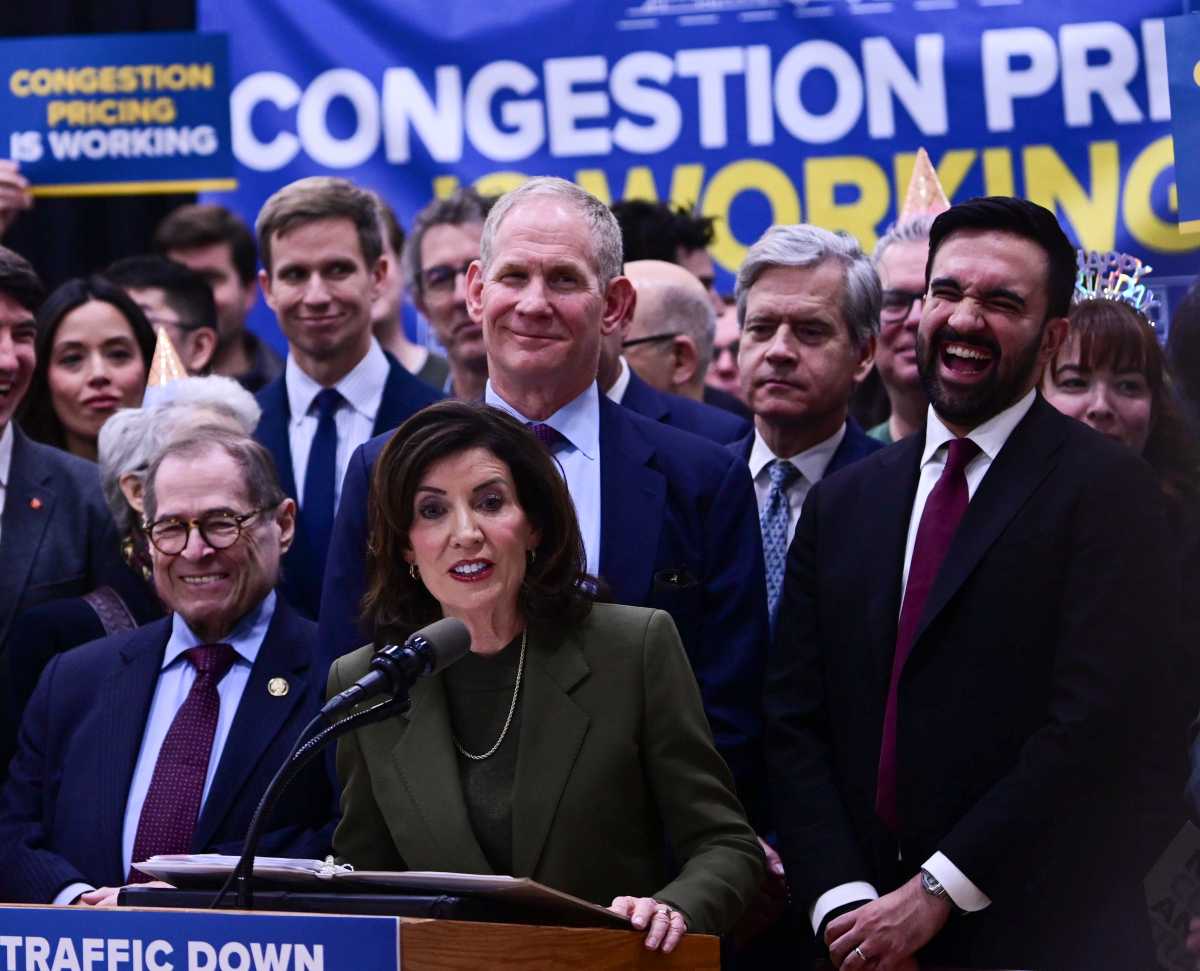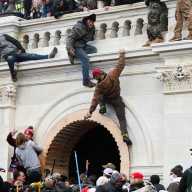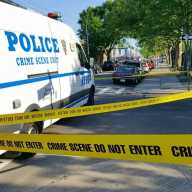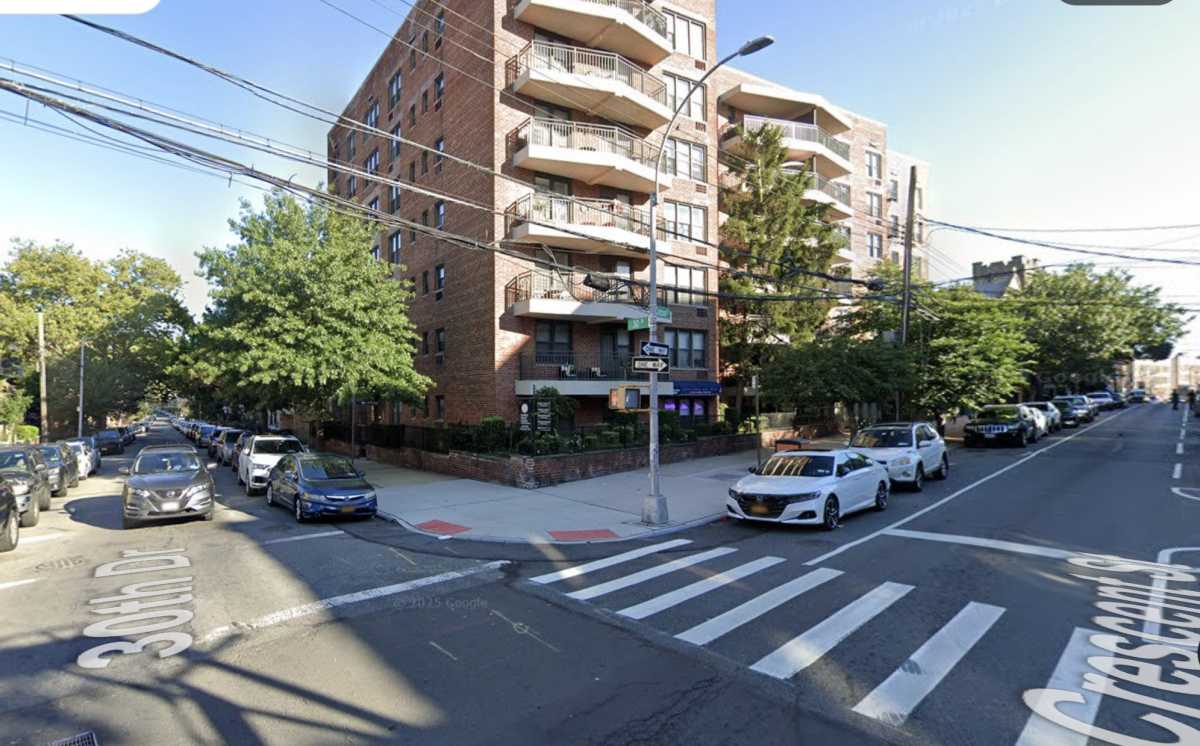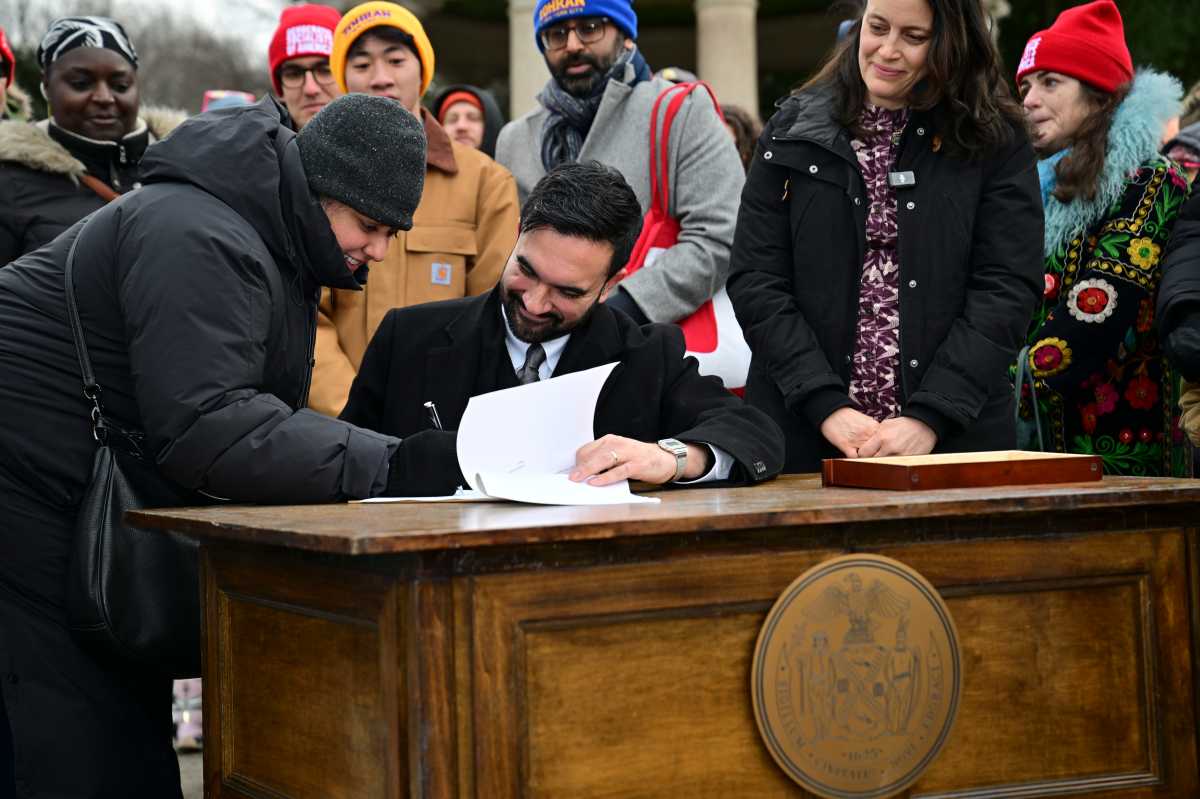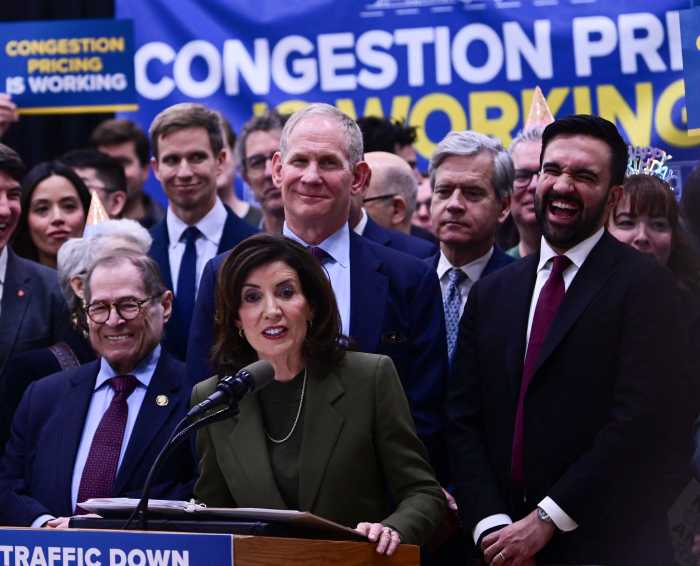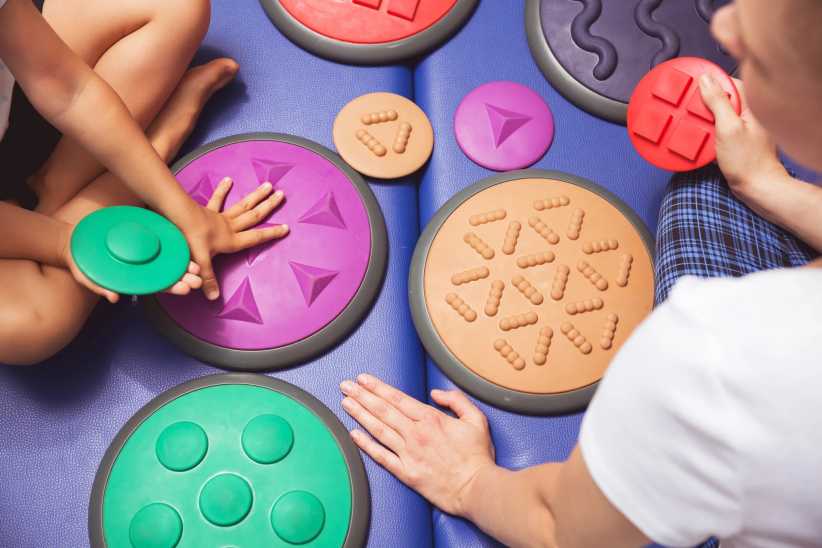Twenty-five years after escalating racial tensions in Howard Beach thrust the neighborhood into infamy, residents and local leaders alike say the “tight community” has changed for the better.
On December 20, 1986, Howard Beach emerged into the spotlight when a gang of white teens — waving bats and bellowing racial slurs — brutally beat three black men who chanced upon the neighborhood after their car broke down. According to reports, one of the three — 23-year-old Michael Griffith — was chased onto oncoming traffic on Shore Parkway, where he was hit by a car and killed after attempting to escape the mob.
Four of the assailants were charged with murder, manslaughter and assault, and the incident was deemed one of the most explosive racial crimes in the city in recent years by multiple reports — eventually making Howard Beach synonymous with hate, residents said.
“For people who are not from the area, it’ll trigger something when they hear the words ‘Howard Beach,’” said Margaret, a resident who did not want to give her last name. “That was one incident. It was a very unfortunate incident, but it shouldn’t define an entire neighborhood.”
Elected officials and community leaders shared the same sentiment, saying the infamous incident has stained the neighborhood’s name.
“There are people in every community of which race relations are what it shouldn’t be,” said Betty Braton, chairperson of Community Board 10. “We’re tarnished for something the community did not do or condone.”
Even still, Senator Joseph Addabbo said he’s “very happy” with where the community stands 25 years later.
“It’s always an effort to get Howard Beach out of that limelight,” he said. “We have come so far since then. It took a while to get to this point and I’m very happy where we are now. Howard Beach is a great community, made up of great, hardworking people. I think they do well promoting the good will of Howard Beach, where there are so many more positive things going on.”
According to the 2010 census, the vast majority of Howard Beach residents — close to 77 percent — are white, only about 2 percent are black and close to 17 percent are Hispanic.
“We’re a lot more diverse than in the past,” said Christina Gold, president of the Lindenwood Alliance. “We’ve become bonded. We’re one family. What happened 25 years ago… I don’t think we have that issue now, and we’re going to continue to be that way.”
Still, some residents said 25 years isn’t enough time for people to outgrow such “deep-rooted” feelings of hate.
“To say that it’s vanished — it’d be wonderful to say that, but I don’t think so,” said Meybol Geramita. “Unfortunately, people don’t change that quickly.”
This March, a noose — long a symbol of hatred and intolerance — was discovered hanging on a tree near Lindenwood’s P.S. 232, much to the disgust and dismay of the neighborhood. However, elected officials deemed it an “isolated incident,” pointing to the diversity of the neighborhood as proof.
“Unfortunately, no area of our great city is immune to hate crimes. We’re seeing it in Queens and also in Brooklyn, but nowhere should it be tolerated,” Addabbo said. “I think there are still remnants of [racism], but we have come a long way, and as the years go on, it’ll keep diminishing.”

